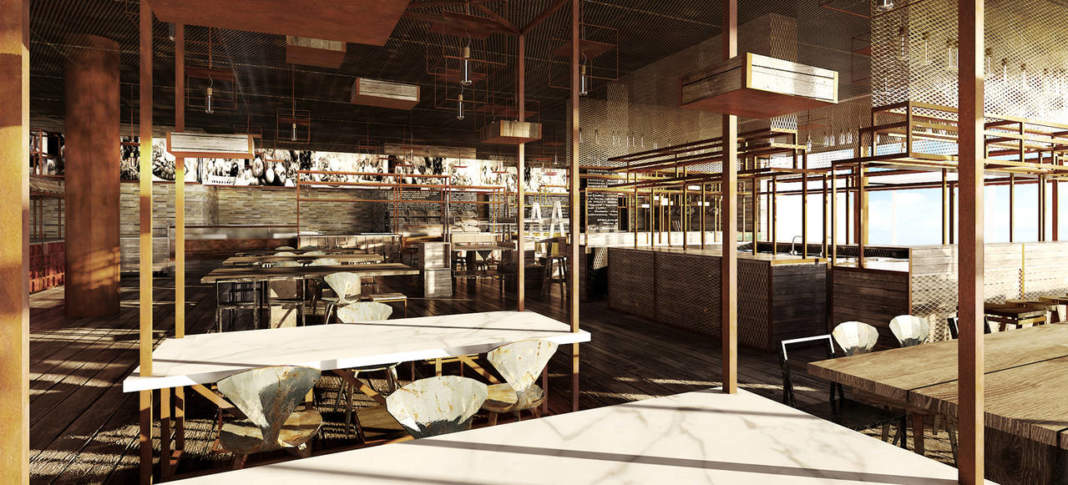Archea Associati,"Il Mercato", San Juan, Puerto Rico, 2015
Both in terms of composition and critique, architecture and food define a repetitive link: we are ultimately dealing with “arts”, which completely overlap. It is a known fact that there is a form of everyday building, that repeats itself on the basis of established models now part of a building tradition, of which the market iterates the results with very few variations. There is equally a daily, simple cuisine, linked to local eating customs, sometimes unfortunately globalized. There is, however, even if a minority, a form of architecture whose results are the fruit of research and study, works, which observing them, as Valéry would put it, talk to us and convey particular sensations and stimuli; in the same way, there is a cuisine that transforms flavours and the composition of aromas into an art, turning every meal into a unique experience. If we accept this hypothesis and, that is, that the overlapping of opinions, experiences and activities, we cannot but recognize that the value of differences and peculiarities, which opposes banality, clearly expresses how meaningless it is to diffuse an international taste that rejects cultural differences, that mortifies specific identities, that does not enhance local traditions and specificities of places and contexts. It is easier to explain architecture and its disciplinary peculiarities through a comparison with a particular dish or a meal, avoiding tackling the theme of an art with non professionals, that of composing in order to build, which sometimes appears overly complex and therefore misunderstood. In a nutshell, there is a relationship of methodological reciprocation, covering the process of preparation right through to the results, illustrating to us that basically both of these activities, living and eating, are essential to survive and, as such, should respond to a characteristic of necessity which in any case cannot be limited to the simple satisfaction of one’s needs. Even more interesting is to understand how architecture behaves when it has to stage the food, when it has to accommodate places designed for eating, since ultimately, in these cases for the project, it is like revealing oneself or moving around in an area where opinions, as shown, completely overlap.
Markets, food courts, restaurants, wineries, artisan workshops, are not, therefore, simple containers or distributors of taste but places in which to narrate a sense of cultural belonging, that can transform each room into a multi- sensory experience, placing taste at the heart of its genetic code. Not only the best projects and the best works demonstrate how taste is inextricably linked to an aesthetic pleasure, to the point of constructing a figurativeness of knowledge, which is no less important, in relation to the purchase and consumption of food products and the quality of the ingredients. Environment and flavours ultimately constitute, in the best experiences, the development of that symbiosis which affects our senses in all directions, creating that “fullness” of feeling that leads to happiness. Naturally, for those who can afford to live outside the circle of that emergency, which when food-related, is also pertinent to housing and vice versa.





